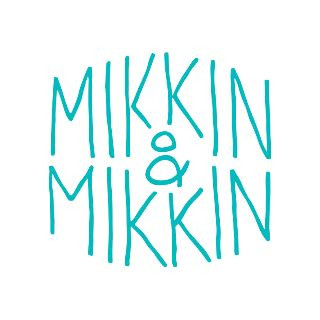The future of branding: embracing circular economy
The circular economy represents a systemic shift from the traditional linear 'take-make-dispose' model of production and consumption to an innovative framework that is restorative and regenerative by design. It aims to keep products, components, and materials at their highest utility and value at all times, thus decoupling economic activity from the consumption of finite resources.
Branding has evolved from a mere marketing tool to a strategic asset that reflects a company's values and mission. In the context of the circular economy, branding is not just about selling products or services; it's about conveying a commitment to sustainable practices and creating a positive impact on society and the environment.
Why Circular Economy Matters for Brands
Today's consumers are more informed and concerned about the environmental and social implications of their purchases. Brands that adopt circular economy principles can meet this demand and build loyalty among consumers who prioritize sustainability.
Governments around the world are implementing regulations and offering incentives to encourage businesses to reduce waste and embrace sustainability. Brands that are proactive in this transition can gain a competitive edge and avoid potential penalties.
As natural resources become scarcer and more expensive, the circular economy offers a way for brands to minimize resource use and waste, leading to significant cost savings and operational efficiencies.
Strategies for Integrating Circular Economy into Branding
Brands can design products with circularity in mind, using materials that are recyclable or biodegradable, and creating products that are easy to repair, refurbish, or remanufacture.
Transparency in the supply chain is crucial for circular branding. Companies must ensure that their materials are sourced sustainably and that their production processes are environmentally friendly.
Brands can promote sharing models and collaborative consumption, which not only reduce waste but also foster community engagement and customer loyalty.
Implementing recovery and recycling programs can help brands close the loop and ensure that their products are kept in use for as long as possible.
Communicating a Circular Brand Identity
Authentic storytelling is key to communicating a brand's commitment to circular principles. This involves sharing the journey, challenges, and successes of integrating circular practices into the business.
Digital platforms offer powerful tools for brands to engage with their audience, share their sustainability narrative, and promote circular initiatives.
Brands can build a community of advocates by involving customers in their circular journey and encouraging them to be part of the solution.
Challenges and Considerations
Brands must develop metrics to measure the impact of their circular economy initiatives and communicate this progress to stakeholders.
Consumer skepticism can be a barrier to embracing circular economy principles. Brands need to ensure transparency and consistency in their messaging to build trust.
As the circular economy evolves, brands must stay informed and adaptable to maintain their competitive advantage and continue to lead in sustainability.






Comments (0)